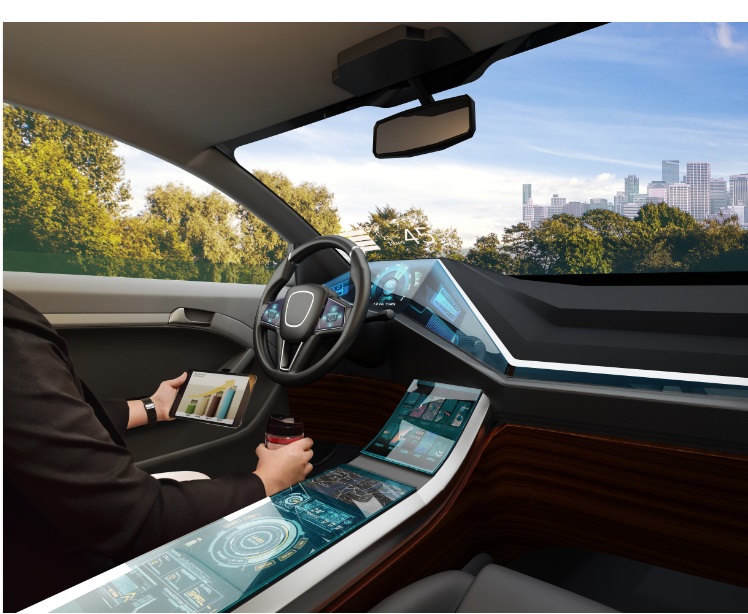A Look into the Future of Mobility

September 2, 2019, Laguna, Philippines —Emerging technologies have always had a major influence on how societies, especially in urban areas, are designed and will evolve in the future. The introduction of industrial processes in the 19th century, for example, has allowed medieval cities to follow an industrial city model which then made way for the creation of factories, railways, and even the invention of automobiles.
Today’s cities are comprised of several infrastructures that provide jobs to thousands or millions of people, and in the center of each of them, are roads and cars that take residents from one place to another. The lifeblood of cities—mobility is a critical economic factor and is one of the reasons why global technology solutions, especially for the automotive market, plays a huge role in designing the future.
See how technology will change our future cities. Take a look into the future of mobility.
Connectivity
The advancement of technology has allowed and encouraged manufacturers to create and provide new services especially in the telecommunications sector which was not only beneficial to the consumers, but also to the industry.
With the emergence of Industry 4.0, the value and importance of the telecommunications sector have become bigger as it is increasingly being incorporated into different sectors, including the automotive market. In fact, it would not be wrong to say that the future of mobility will not rely on cars but on data and connectivity. The rise of ridesharing apps like Grab and Uber in today’s transportation landscape is enough testaments to this.
With increased connectivity in the automotive market, mobility in future cities is expected to be seamless and smooth flowing.
Car ownership
Better user experience and less traffic are not the only expected results of increased connectivity in the automotive market. Although it may still be early to predict, most experts agree that the rise of ridesharing apps and autonomous vehicles will complete change people’s need to own cars in the future.
According to a study by the Pew Research Center in 2015, across the 44 countries that they surveyed, a median of around one-third (35%) say they have a working car in their home, with the Italians (89%) and Americans (88%) leading the results. However, a co authored study by Tony Seba and James Arbib published by the Business Insider from 2017 predicts that private car ownership will drop by 80% by 2030 in the US alone, and that the number of passenger vehicles on American roads will go from 247 million in 2020 to only 44 million in 2030.
One of the major reasons for this is the predicted decrease in the price of electric vehicles (EVs) which will then encourage the public transportation systems of several countries to shift to the use of EVs from traditional vehicles.
EVs and micro-mobility
Last but definitely not least, it should be important to note that mobility in future cities will increasingly be electric. This slow shift to the electric engine from internal combustion engine in the coming years will be helpful in reducing air and noise pollution in cities which should improve the quality of lives of city dwellers.
The future should also see an increase in investments on electric micro-mobility services such as e-scooters and battery-swap electric mopeds to strengthen the goal of seamless mobility.
The future of mobility is looking very positive thanks to the ever-advancing global technology solutions industry. Hopefully, the numerous EMS companies in the Philippines and other countries around the world can work on bringing the future closer to us the soonest possible.
Other Blog



